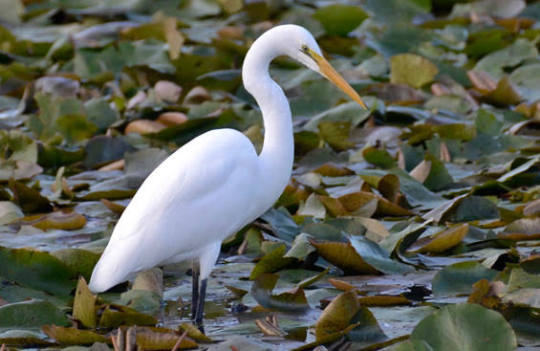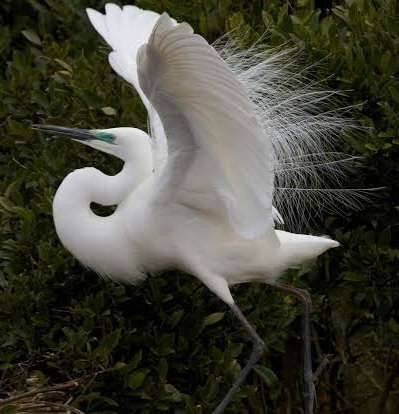#maori-fying tolkien
Explore tagged Tumblr posts
Text
The Nature of Elwing
For Day 2 of @tolkienofcolourweek, where I continue to Māori-fy Tolkien. (I am objectively correct.)
Elwing as a gull is cool and Elwing as an albatross is cooler, but the bird that most closely matches what I imagined upon first reading the silm is this one:




[Image description: four photos of a white bird with long legs and a long neck.]
This is a kōtuku, and it's incredibly sacred to my people. It's also known as the white heron. It lives in many countries, but in Aotearoa the population is very small - only about 200.
Kōtuku are beautiful and graceful creatures. They're such a pure white that in sunlight they seem to be a source of light themselves, glowing and radiant.
We hold them in high esteem because of both their beauty and rarity. There's a Māori saying, he kōtuku rerenga tahi, which means the kōtuku flies once. It's a reference to the fact that a kōtuku in flight is so rare that you only see it once in your life, but it's also used to describe something extremely beautiful/esteemed and extremely rare.
Kōtuku are beings from the spirit world. They exist in-between. An old Ngāti Pikiao funeral lament ends to kōtuku to tapui, e tama e (the kōtuku is now thy sole companion, oh my son). I was told once that they accompany our spirits after death when we travel to the northernmost cliffs of Aotearoa (Te Rerenga Wairua, the Leaping Place of Spirits) to jump from the cliffs to the sea and journey to Hawaiki.
Elwing as a bird that dwells between this world and the spirit world. Elwing as the bird that rerenga tahi, which means flies once but also means leaps [from a high place] once. Elwing, grand-daughter of Luthien, as the most beautiful and rare of birds, the kind that you only see once in a lifetime.
Bonus: Elwing and her twin chicks.

[Image: a kōtuku standing over a nest with two fluffy chicks inside. The adult kōtuku is beautiful and the chicks look like they've been dragged through a hedge backwards.]
(Btw comments and questions are welcome but please don't be weird in the notes - like I said, this bird is sacred.)
215 notes
·
View notes
Text
For day 5 of @tolkienofcolourweek: Ancestral Ships and Numenor
Before I talk about Numenor, I need to explain some background.
Over the course of several centuries, the people who would one day be known as Māori sailed across Polynesia to Aotearoa in great ocean waka (boats).
Today, when Māori introduce ourselves in a formal setting, one of the first things that we say is the waka we descend from. Then we say our tribes, our kinship groups, our family, and our name. (Often we'll also say other things, like where we grew up or our ancestral/tribally significant mountain and water.) Iwi (tribes) descended from the same waka have strong ties to each other and see ourselves as distant kin.
I got thinking; what if Numenorians do something similar? What if they remember the names of the ships that their ancestors used to sail to the Isle of Gift, and they pass that knowledge on through the generations? Give me Numenorians introducing themselves by naming their ancestral ships and kinship groups. Descendants of Eärendil list Vingilotë as one of their ancestral ships - this includes Elrond and his children. Dunedain carry on the tradition around dimly lit campfires in the wastes of the North, reciting their links to a homeland that was long ago lost forever.
Perhaps Numenorian descendants in Gondor carry on the tradition. Perhaps not. Either way; on the morning of Aragorn's coronation, when his ancestry is recited, so are his ancestral boats.
It's a bright morning at the start of a new Age. The sun is still burning off the clouds in the hour or two after sunrise. Most of the stars have long since faded, but one still shines in the last vestiges of dawn. And when the name of Vingilote is recited, the last star of the morning twinkles a little brighter.
48 notes
·
View notes